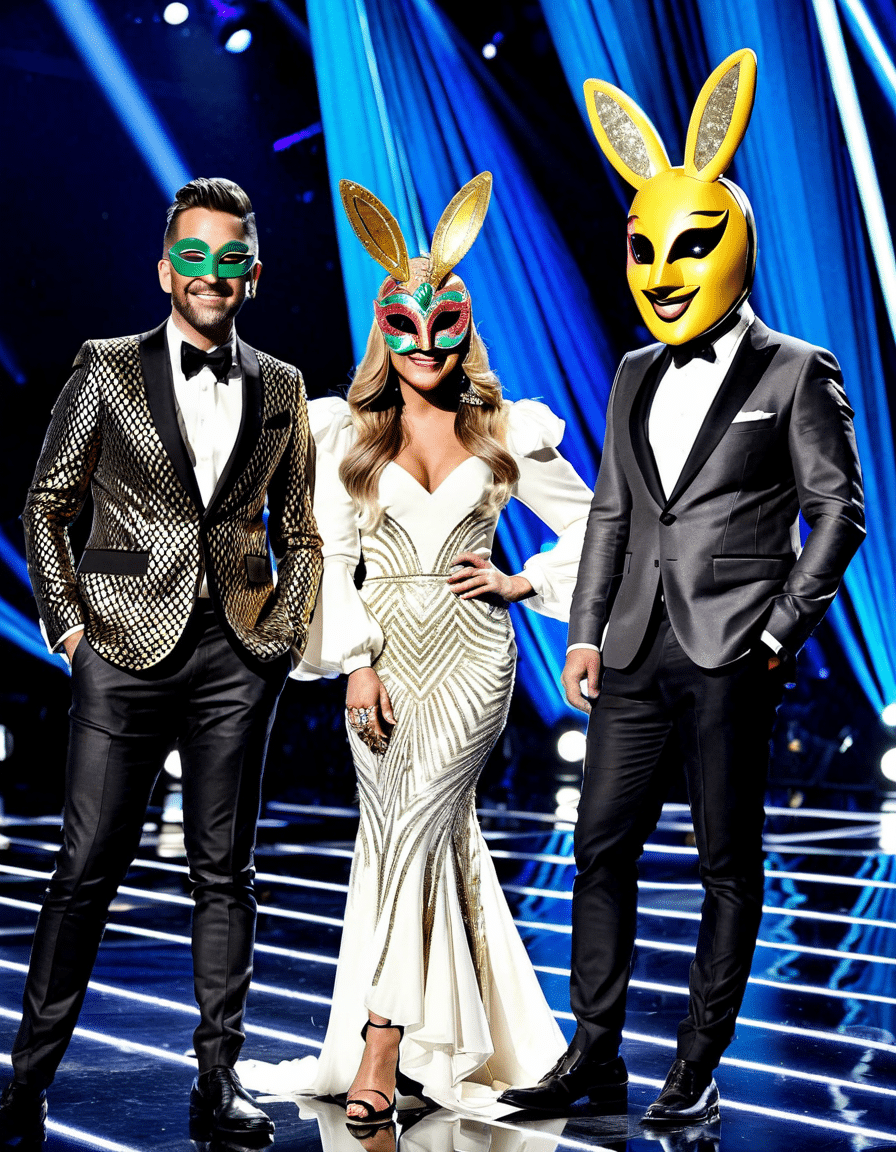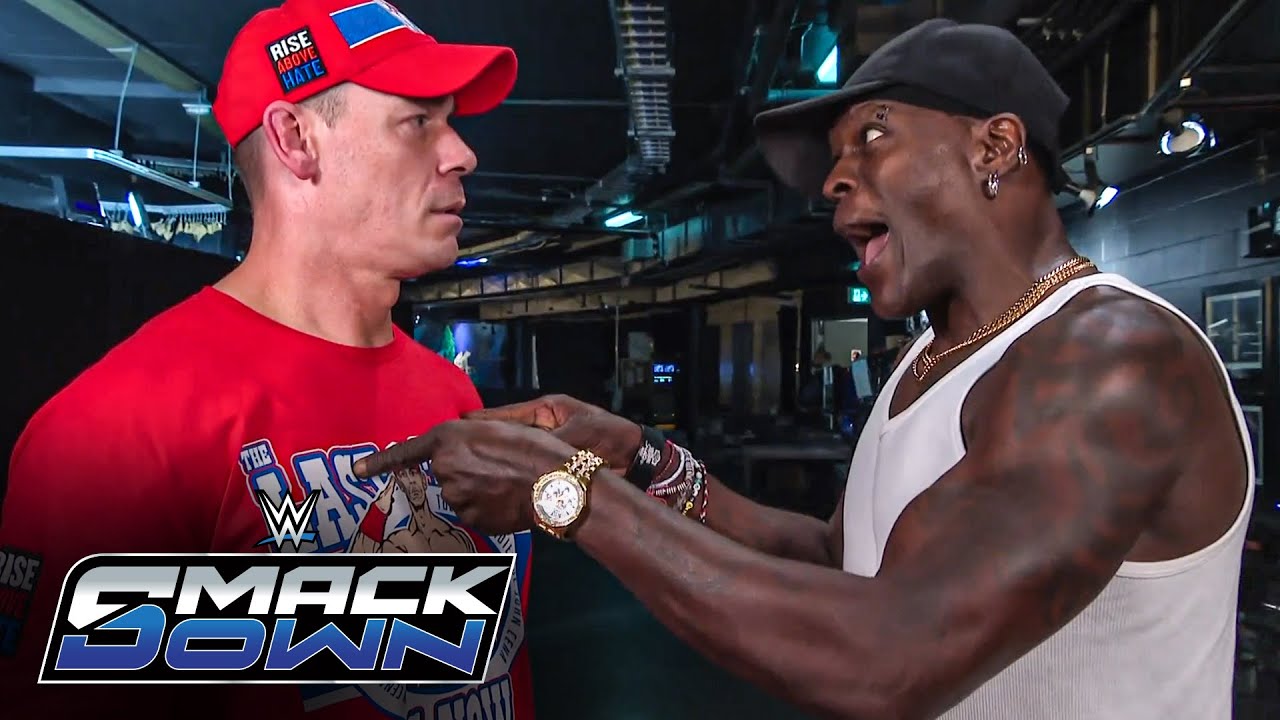The horror genre has a magical way of slinking into our lives, pulling on the threads of deep-seated fears and anxieties. In 2026, no trend in horror cinema has been more captivating than the “raw” portrayal of emotional and psychological turmoil. With this raw approach, filmmakers thrust audiences into visceral narratives that linger well after the credits roll. Raw horror doesn’t just frighten; it confronts the viewer with the uncomfortable truths lurking beneath the surface, transforming the horror experience into an unsettling yet enlightening voyage.
From family tragedies to societal critiques, raw horror shares a universal language, often speaking to the heart of personal experiences and cultural issues. Movie buffs are left not just trembling in their seats but also pondering the deeper meanings behind the chaos. Horror is wrestling with its identity, pushing boundaries while educating audiences about fear, survival, and the imperfections of humanity. As we dive into the top raw horror films that have defined this style, let’s explore how they resonate so profoundly with viewers.
Top 7 Raw Horror Films That Captivated Audiences
Directed by Ari Aster, “Hereditary” takes the audience on a tragic rollercoaster through family dynamics and grief. This isn’t your usual shock with gory moments; it’s the raw emotional heartbreak that leaves you gasping. Toni Collette delivers a performance that feels painfully real as Annie Graham unravels under the weight of family tragedy. You can almost feel the nails digging into your palms as you’re confronted with how trauma shapes us.
“The Witch,” directed by Robert Eggers, beautifully showcases how raw fear can stem from our darkest histories. Set in 1630s New England, this film dives deep into Puritan paranoia. Anya Taylor-Joy shines as Thomasin, capturing the raw emotional struggle against an unforgiving world. Eggers masters the slow-burn horror, leading to a conclusion that chills right to the bone. Don’t forget to keep your eyes peeled for the subtle visual storytelling woven throughout this mesmerizing film.
Once again, Ari Aster delivers with “Midsommar,” blending folk horror with raw emotion. The film weaves a tale of heartbreak against a backdrop of vivid and unsettling visuals. It’s a shocking juxtaposition of bright sunlight and dark themes, making for a unique cinematic experience. With each frame, the horror unfolds gradually, enveloping the audience in an emotional labyrinth that stirs and provokes discussion long after the movie ends.
Jennifer Kent’s “The Babadook” is a skillful mix of psychological horror and raw emotion. The film tells the story of a mother grappling with grief and the manifestation of her insecurities through the terrifying creature known as the Babadook. It’s an insightful exploration of how mental health issues can turn into horror. The rawness of the narrative taps into every parent’s nightmare, making it relatable on the deepest levels.
Julia Ducournau’s sensational debut, “Raw,” offers a unique take on body horror. This twisted coming-of-age film follows a young woman transitioning into veterinary school, where she discovers an insatiable craving for flesh. The film exposes the raw struggle of identity, sexuality, and societal expectations. It’s a fierce and provocative commentary on adolescence that combines visceral horror with a profound examination of desire and self-discovery.
In “Saint Maud,” directed by Rose Glass, audiences are grappling with the raw complexity of mental illness and religious obsession. The film follows a nurse convinced she’s on a divine mission to save her patient. It builds a sense of suffocating tension that culminates in a shocking finale. Here, horror isn’t just about the fear of the unknown; it’s about the terrifying impact of isolation and zealotry.
Leigh Whannell’s reimagining of “The Invisible Man” pulls the audience into a harrowing tale of domestic abuse. Through a raw and thrilling lens, it exposes the psychological impact of fear. Elisabeth Moss brings an intense performance that resonates with anyone who’s ever felt trapped in a relationship. This timely adaptation serves as a reminder of the power dynamics present in dysfunctional relationships.

The Mask of Normalcy: How Horror Films Showcase Raw Fear
Horror films often wear a mask, concealing raw societal fears beneath layers of entertainment. Films like “Get Out” (2017) and “Candyman” (2021) use tension to reflect racial and cultural issues. By presenting horror as a lens to see the world, they push audiences to confront uncomfortable realities. It compels us to look deeper into the alleys of our history and the societal structures that echo with fear, mirroring our anxieties in modern life. These narratives serve not only to shock but to spark necessary dialogue about the fears we often suppress.
Wrestling with Fear: How Horror Films are Training a New Generation of Themes
Filmmakers have become coaches in the ring, guiding viewers through a landscape of fear and introspection. Just as an athlete prepares for a match, audiences are introduced to horror scenarios that challenge their perceptions. Films such as “A Quiet Place” (2018) and the enigma of “The Conjuring Universe” welcome a new era of storytelling. Through these narratives, filmmakers encourage us to confront rather than escape our fears. Each movie becomes a lesson learned, teaching us resilience in the face of our darkest moments.

Captivating the Audience: The Legacy of Raw Emotion in Horror
As raw horror becomes a prominent trend, it captivates audiences and sets a new precedent for future storytellers. This genre has the potential to transcend simple scares, allowing for deeper explorations of human emotion and societal critique. Each film enriches the cinema landscape, reinforcing the notion that true horror resides in the psyche. It becomes a tool for reflection and a mirror showcasing our shared vulnerabilities, proving that the legacy of raw emotion in horror is as potent as ever.
As the line between reality and horror continues to blur, the raw emotional depth in these films highlights an important truth: horror is not just entertainment. It invites exploration, understanding, and perhaps even healing. The legacy and impact of raw horror inspire both filmmakers and audiences to explore the farthest reaches of fear, leaving us with something to chew on long after we’ve left the theater. So grab your favorite protein snacks and join discussions in your favorite private Facebook group to unpack the visceral experiences these films leave behind!
Raw Shocks and Captivates With Unforgettable Horror
The Raw Experience
“Raw,” a visceral horror film that explores themes of cannibalism and identity, left a lasting impression on audiences since its release. Interestingly, the film was directed by Julia Ducournau, who later won the prestigious Palme d’Or at Cannes for her groundbreaking work. This makes “Raw” a notable entry in the horror genre, especially as it resonates with current conversations about female filmmakers making waves in typically male-dominated fields. Speaking of noteworthy achievements, if you want to delve into more jaw-dropping races of grit against the odds, check out The Boys in The boat.
Engaging with “Raw” means taking a wild ride through unsettling imagery that is thought-provoking and visually striking. Fans of the horror genre might appreciate how the film balances shock with story, much like how you’d find unexpected thrills in the jack in box. A standout aspect of Ducournau’s approach is the raw authenticity that flows through every scene, daring the viewer to confront unsettling truths. In keeping with revealing surprising content, have you ever wondered just How old Is Eminem? He’s still dropping bars that resonate deep with fans despite the years that have gone by.
Behind the Curtain
The film was also received with a mix of horror and fascination at various film festivals, with several audience members reporting they could hardly stomach the intense scenes but couldn’t look away. This dance between horror and allure mirrors the ways public figures drive interest; for instance, who would have thought that Oprah once dabbled in horror-themed television? Just like “Raw,” she has a way of captivating audiences, drawing them into stories they didn’t know they needed.
Moreover, Ducournau’s dedication to authenticity is paralleled in the world of music too—consider John Mayer’s song, “Daughters,” which emphasizes the importance of nurturing relationships. The lyrics evoke themes similar to those in “Raw,” even if the subjects diverge dramatically. As debate continues about what truly makes horror effective, the message of self-discovery overlaps beautifully with personal narratives, akin to the way Brooklyn Beckham navigates public perception and identity amidst his own creative adventures. Ultimately, “Raw” isn’t just another horror movie; it confronts deep-seated emotions and challenges viewers to explore their own fears.
By grabbing your attention through its haunting charm, “Raw” proves why it deserves a top spot in modern horror cinema.








